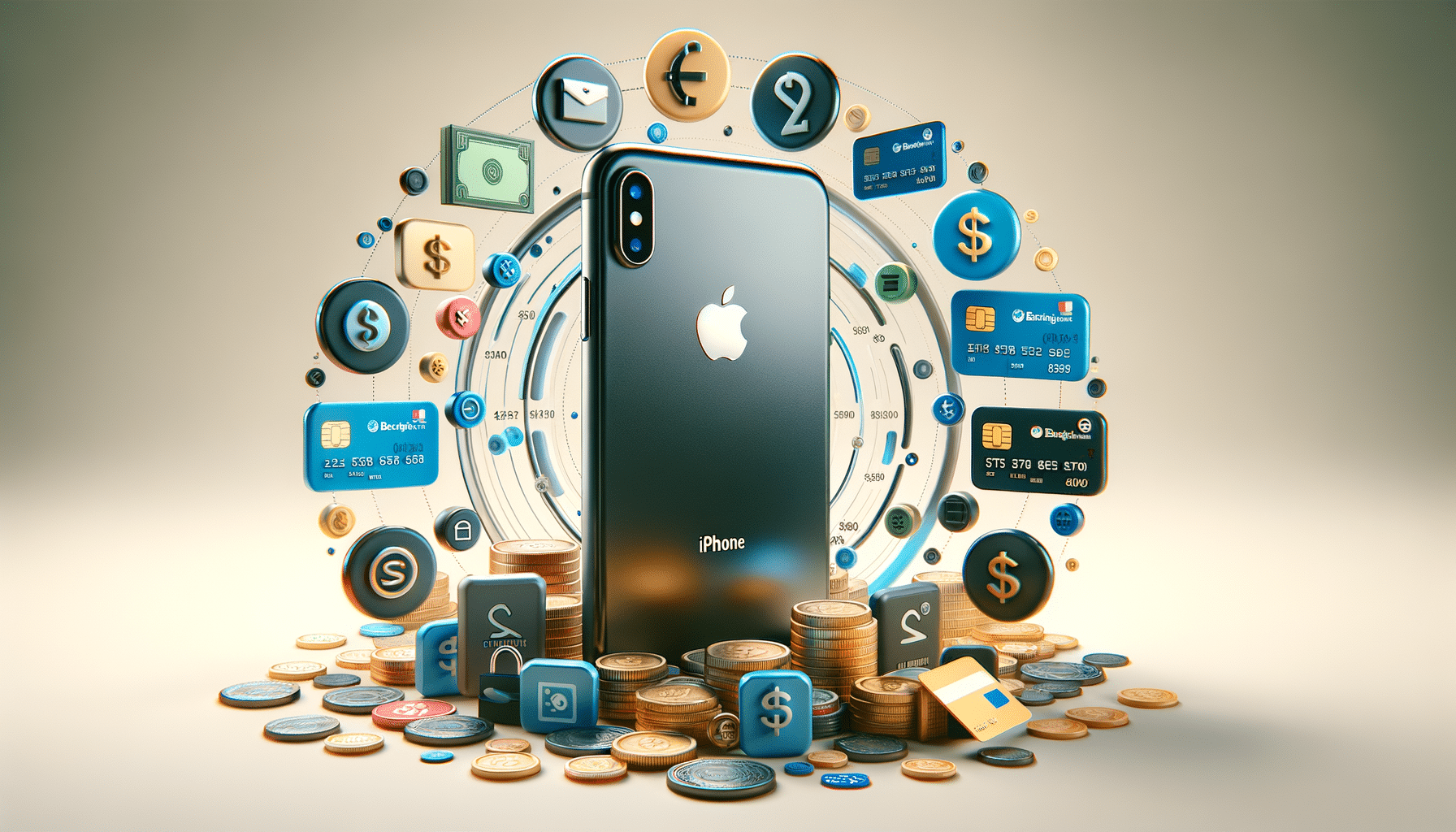
Explore more about remote medical receptionist
Introduction to Remote Medical Receptionists
In the fast-paced world of healthcare, the role of the medical receptionist has evolved significantly, especially with the advent of remote working technologies. Remote medical receptionists are becoming an integral part of healthcare operations, providing administrative support from a distance. This shift not only enhances operational efficiency but also aligns with the growing demand for flexible work arrangements. Understanding the role and benefits of remote medical receptionists is crucial for healthcare providers looking to optimize their services while maintaining high standards of patient care.
The Role and Responsibilities of a Remote Medical Receptionist
A remote medical receptionist performs many of the same duties as an in-office receptionist, but from a remote location. Their primary responsibilities include managing patient appointments, handling inquiries, and ensuring seamless communication between patients and healthcare providers. These professionals must be adept at using digital communication tools and healthcare management software to perform tasks such as scheduling, confirming appointments, and managing patient records.
Key responsibilities include:
- Answering phone calls and emails from patients.
- Scheduling and confirming patient appointments.
- Maintaining and updating patient records.
- Providing information about services and procedures.
- Handling billing inquiries and processing payments.
Remote medical receptionists play a pivotal role in ensuring that healthcare facilities operate smoothly, even when physical presence is not possible. Their ability to maintain efficiency and accuracy in a remote setting is vital to the success of the healthcare system.
Benefits of Employing Remote Medical Receptionists
The transition to remote medical receptionists offers numerous advantages for healthcare providers. One of the most significant benefits is cost reduction. By employing remote staff, facilities can save on overhead costs such as office space and utilities. Additionally, remote receptionists can offer extended hours of service, providing greater accessibility for patients who may need assistance outside of traditional office hours.
Other benefits include:
- Increased flexibility for staff, leading to higher job satisfaction and retention rates.
- Access to a broader talent pool, as geographical location is no longer a limiting factor.
- Improved patient satisfaction due to more efficient and responsive service.
Overall, remote receptionists can enhance the patient experience while allowing healthcare providers to allocate resources more effectively.
Challenges and Considerations in Implementing Remote Receptionist Services
While the benefits are clear, there are challenges that healthcare providers must consider when implementing remote receptionist services. One of the primary concerns is ensuring data security and patient confidentiality. With sensitive information being handled remotely, robust cybersecurity measures must be in place to protect patient data.
Additionally, remote receptionists must have access to reliable technology and internet connections to perform their duties effectively. Training and ongoing support are essential to ensure that remote staff are equipped to handle their responsibilities efficiently.
Healthcare providers must also consider the integration of remote receptionists into their existing team dynamics. Effective communication and collaboration tools are necessary to ensure that remote staff can work seamlessly with in-office personnel.
Future Trends and the Impact on Healthcare Systems
The trend towards remote working is likely to continue, and the role of remote medical receptionists will evolve alongside advancements in technology. With the increasing use of telehealth services, remote receptionists will play an even more critical role in managing patient flow and ensuring effective communication between patients and healthcare providers.
Future trends may include the integration of artificial intelligence to assist with routine tasks, allowing receptionists to focus on more complex patient interactions. Additionally, as healthcare systems become more digitized, remote receptionists will need to adapt to new technologies and platforms to continue providing high-quality service.
Ultimately, the rise of remote medical receptionists represents a significant shift in how healthcare services are delivered, offering potential for improved efficiency, accessibility, and patient satisfaction.
Conclusion: Embracing the Change
As healthcare systems continue to evolve, the role of the remote medical receptionist is becoming increasingly important. By embracing this change, healthcare providers can enhance their operational efficiency, reduce costs, and improve patient satisfaction. While challenges exist, the benefits of employing remote medical receptionists are clear, and with the right strategies in place, healthcare organizations can successfully integrate these professionals into their teams.
For healthcare providers, understanding and adapting to the remote receptionist model is essential for staying competitive and meeting the needs of patients in a rapidly changing healthcare landscape.


